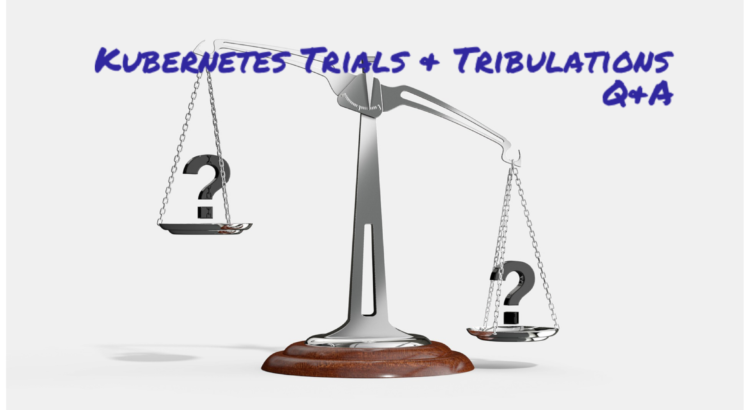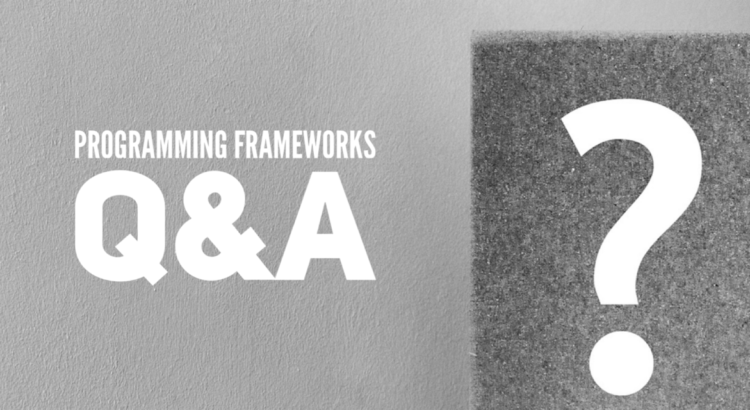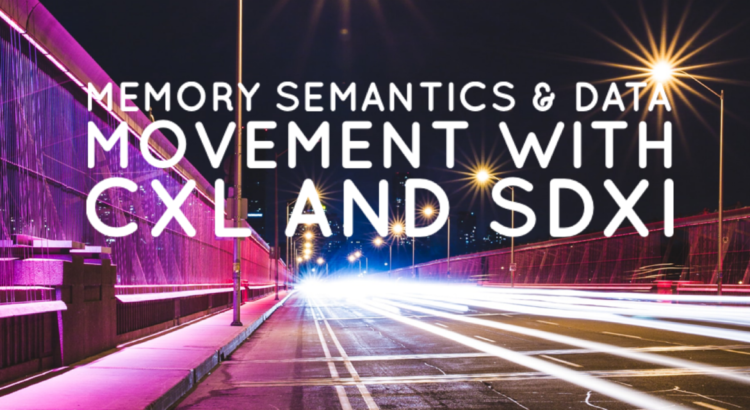
Live Panel: Sustainability in the Data Center
As our data-driven global economy continues to expand with new workloads such as proven digital assets and currency, artificial intelligence and advanced healthcare, our data centers continue to evolve with denser computational systems and increased data stores. This creates challenges for sustainable growth and managing costs.
On April 25, 2023, The SNIA Networking Storage Forum will explore this topic with a live webinar “Sustainability in the Data Center Ecosystem.” We’ve convened a panel of experts, who will cover a wide range of topics, including delivering more power efficiency per capacity, revolutionizing cooling to reduce heat, increasing system processing to enhance performance, infrastructure consolidation to reduce the physical and carbon footprint, and applying current and new metrics for carbon footprint and resource efficiency. Read More
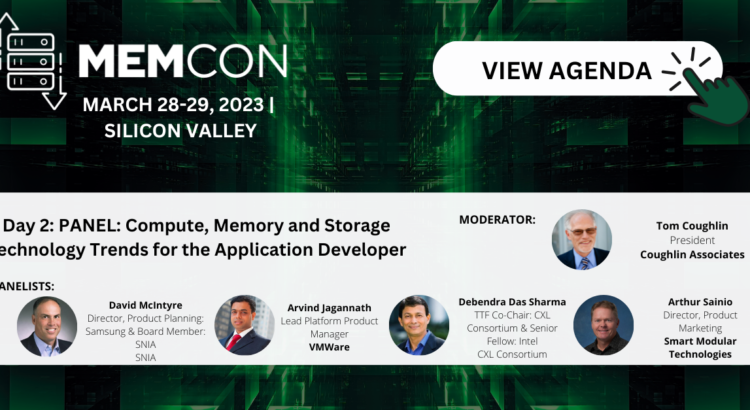

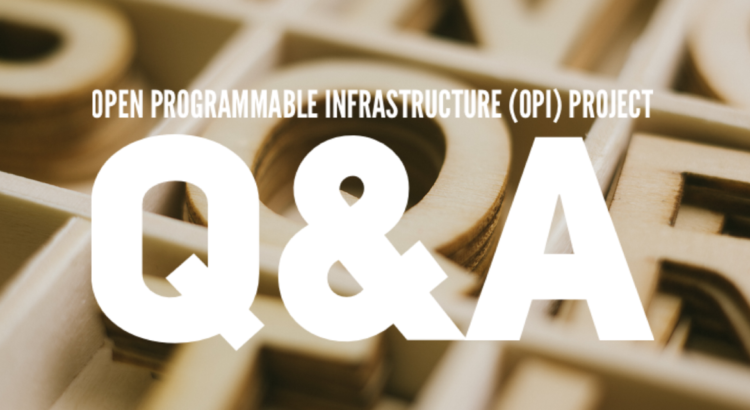

 (CXL
(CXL

